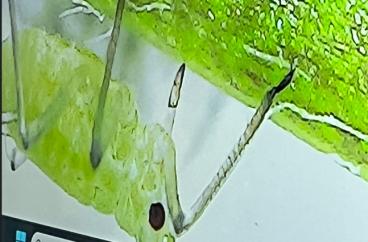Análisis bibliométrico como herramienta de gestión para dar seguimiento a la planificación estratégica institucional. [resumen].

RESUMEN.- En el caso del Instituto Nacional de Investigación Agropecuaria (INIA) de Uruguay, en el marco del Plan Estratégico Institucional 2016-2020 con visión 2030, se definió como uno de los lineamientos estratégicos mejorar los indicadores de cantidad y calidad de publicaciones científicas arbitradas. El artículo que se propone presentará los resultados obtenidos del estudio, permitiendo la discusión acerca de la pertinencia estratégica, la evolución, la conformación de grupos de trabajo y las vinculaciones institucionales en relación con la publicación de artículos científicos.

